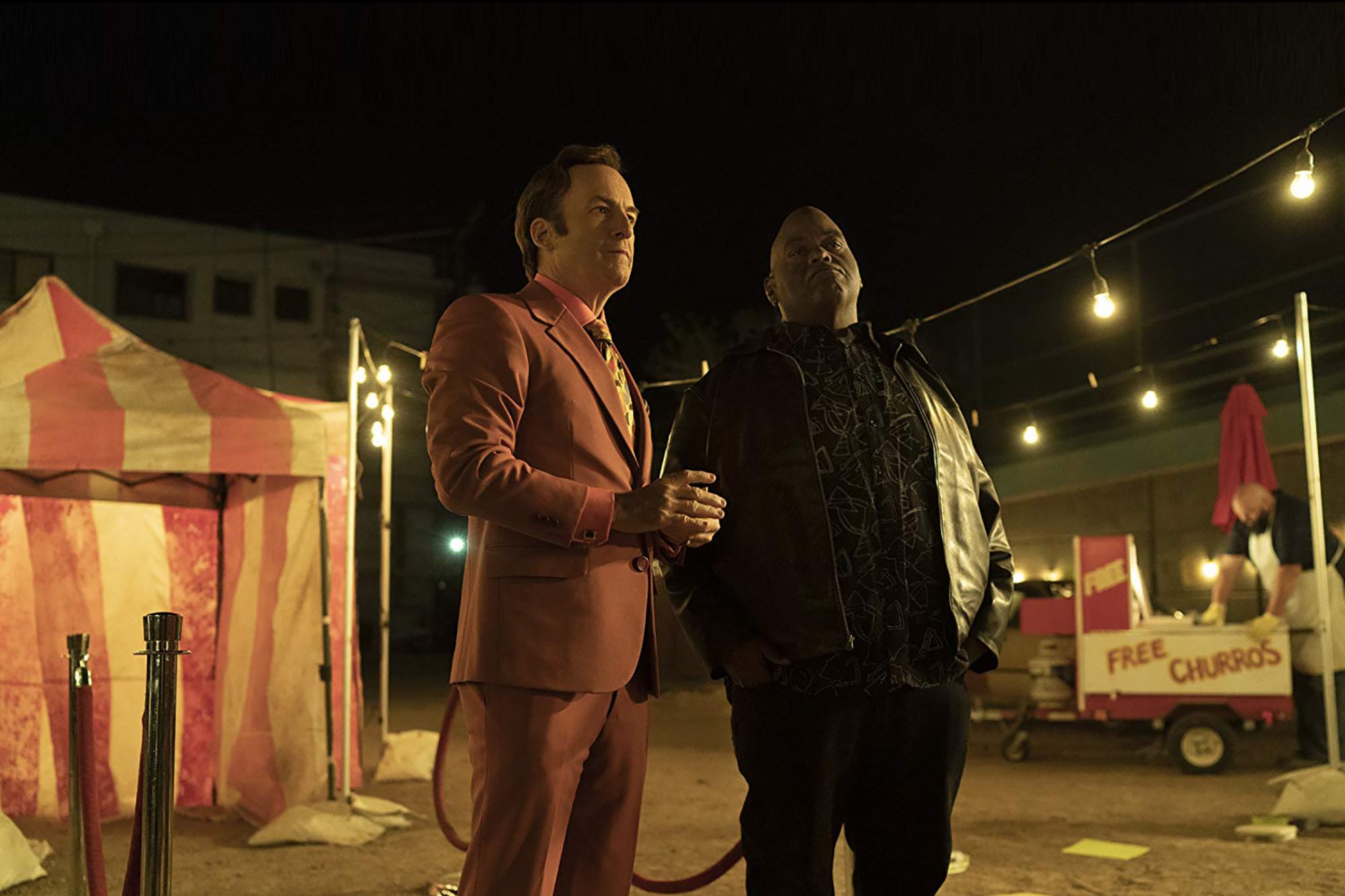The Latest Pandemic Relief Plan Doesn't Renew PPP, But It Includes $28.6 Billion in Grants to Support Independent Restaurants and Bars Eligible businesses can receive up to $5 million per physical location and up to $10 million per company.
This story originally appeared on Business Insider

The latest stimulus bill passed by the Senate doesn't include a plan to renew the Paycheck Protection Program (PPP), which will close at the end of March. However, the pandemic relief plan includes $28.6 billion for the Restaurant Revitalization Fund (RRF), a grant program to support independent restaurants and bars.
The pandemic has dealt a tremendous blow to the restaurant industry nationwide, with government-mandated closures and restrictions. Food service sales in 2020 dropped by $240 billion, according to the National Restaurant Association.
The $1.9 trillion stimulus bill now goes to the House of Representatives for approval before being signed into law by President Biden. If passed and signed, here's what to expect from the restaurant grant program.
Eligible businesses must have lost revenue in 2020, compared to 2019
The primary function of the eligible small business must include serving and selling food or alcoholic beverages. This includes food trucks, stands, inns, taverns, lounges, brewpubs, caterers, and tasting rooms. Bars and restaurants that are located inside an airport terminal or tribal territory are also eligible.
Publicly-traded companies and firms that own, operate, or are affiliated with more than 20 locations are not eligible. A business cannot receive both an RRF grant and Shuttered Venue Operators Grant.
To be eligible for a grant, a restaurant or bar must demonstrate "pandemic-related revenue loss," meaning gross receipts from 2020 are lower than those of 2019. If a business was not in operation for all of 2019, it will base this calculation on average monthly gross receipts in 2019 and 2020. There are also alternative calculations for businesses established in 2020. If a business received a PPP loan, the amount awarded will be subtracted from the total revenue loss.
Related: Biden Poised to Sign Final Stimulus Package With $1,400 Checks Within Days
Grant amounts cannot exceed $5 million per physical location
If a business is approved, the RRF grant will be for the amount of calculated revenue lost, which cannot exceed $10 million per company, including affiliated entities with at least 50% stake. Eligible businesses may receive up to $5 million per physical location.
$5 billion of the total grant money will be set aside for businesses that made $500,000 or less in 2019 revenue.
Since these funds are grants, businesses will not need to pay them back as they would a loan. However, if a business does not use all the funds or permanently closes before the last day of the covered period, it must return the remaining balance.
Restaurants can use the money on payroll and pandemic-related expenses
Businesses that receive a grant under the RRF may use the funds towards expenses incurred beginning February 15, 2020 and ending on December 31, 2021. This is referred to as the covered period and could change based on the Small Business Administration's (SBA) guidelines.
Businesses may use these funds for the following expenses:
- payroll
- paid sick leave
- rent
- principle or interest payments on a mortgage (excluding prepayments)
- utilities
- cleaning supplies
- personal protection equipment (PPE)
- supplier costs
- operational costs
- food and beverage expenses that are necessary for business operations
- maintenance expenses such as construction for outdoor seating, walls, floors, deck surfaces, furniture, fixtures, and equipment
- any other expenses the SBA deems essential for maintaining the business
The first 21 days of applications will prioritize certified women- and veteran-owned businesses
The grants will be administered by the SBA and awarded on a first-come-first-served basis. Application deadlines have yet to be announced.
The first 21 days the SBA accepts applications, it will prioritize certified small businesses owned and controlled by women, veterans, and those with social and economical disadvantages such as a lack of access to capital and credit.










